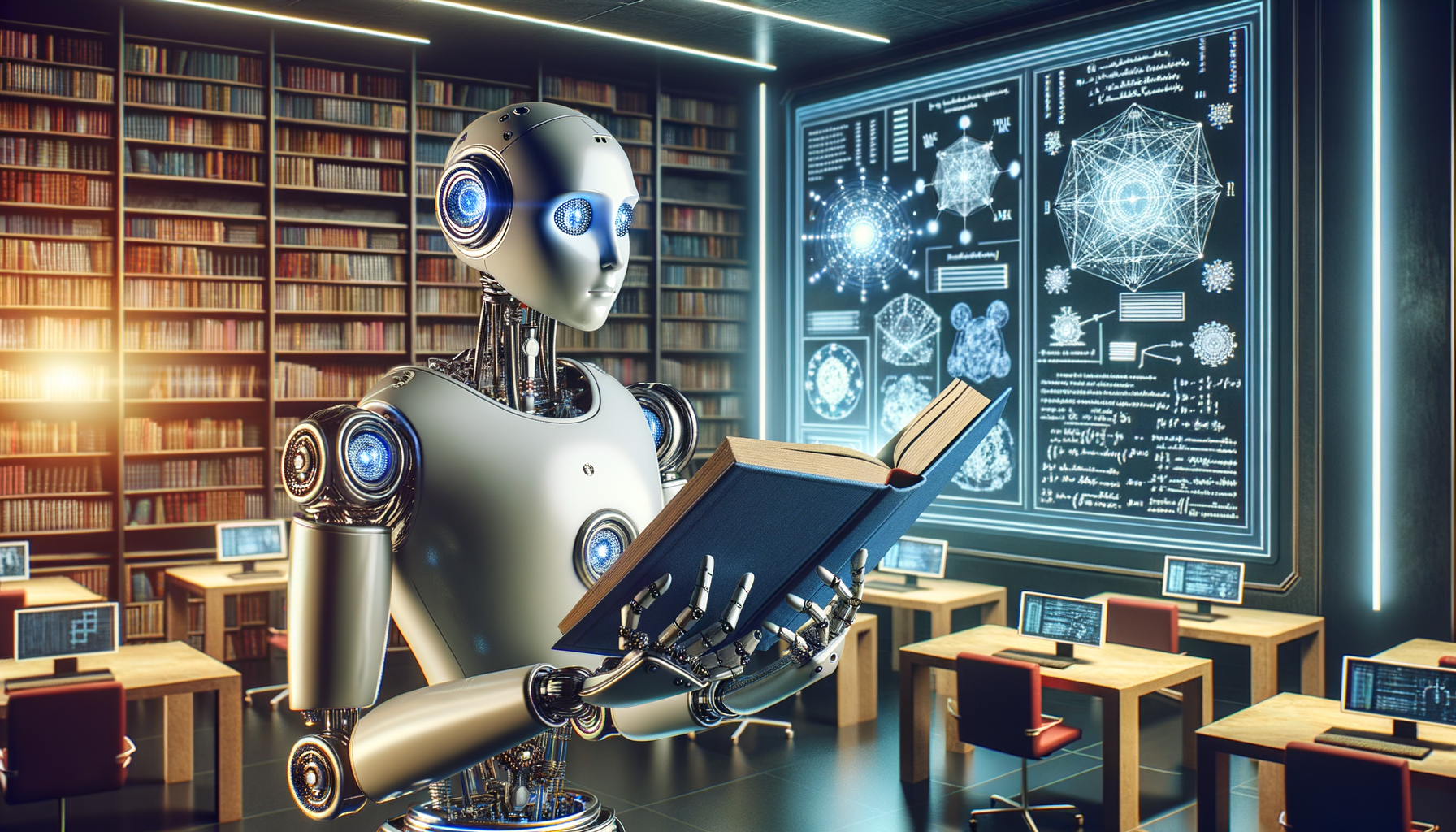
Revolutionizing Human-Robot Interaction: Teaching Robots to Recognize Uncertainty
In the rapidly evolving field of robotics, one of the greatest challenges has been developing machines that can understand and adapt to the nuances of human communication. Engineers have now devised an innovative method that could significantly enhance how robots comprehend and respond to ambiguous instructions. This new technique is centered around the concept of quantifying the “fuzziness” of human language to enable robots to recognize when they need to seek further clarification.
Understanding the Challenge of Ambiguity in Robotics
Robots are traditionally programmed to perform specific tasks under well-defined conditions. However, in real-world scenarios, instructions given to robots can often be vague or incomplete. For instance, when a robot is told to “pick up a bowl from the table,” the command is straightforward if there’s only one bowl. But what happens when the table is adorned with multiple bowls? Herein lies the challenge—how can a robot discern which bowl to pick up when faced with multiple options?
Teaching Robots to Ask for Help
The new approach engineered by experts in the field involves quantifying the ambiguity present in human instructions and setting a threshold for when a robot should ask for clarification. This system essentially allows robots to evaluate their own level of certainty and recognize when they lack sufficient information to execute a task confidently.
When a robot is faced with a command that generates high levels of uncertainty—like picking a bowl from a table with several bowls—it triggers a response in the robot to request additional information. This could be as simple as asking, “Which bowl would you like me to pick up?” By doing so, the robot ensures that it accurately understands the task at hand before proceeding.
Implications for the Future of Human-Robot Collaboration
The implications of this development are vast, promising to significantly improve the efficiency and safety of human-robot interactions. In environments such as manufacturing, healthcare, and even domestic settings, the ability for robots to seek clarification could reduce errors, enhance collaborative tasks, and ultimately lead to more intuitive user experiences.
Integrating the Technology into Robotics
For those interested in the practical applications of this technology, incorporating such sophisticated systems into existing robotic platforms could be the next step. While this technology is still in the developmental phase, there are a number of educational kits and programmable robots available for enthusiasts and professionals alike to experiment with AI and machine learning concepts.
Products like the Lego Mindstorms Robot Inventor Kit can provide a hands-on experience with programming and robotics, offering a glimpse into the intricacies of teaching machines how to interact with the world around them.
Conclusion
This breakthrough in robotics has the potential to transform the way we interact with machines on a fundamental level. By teaching robots to effectively handle the ambiguity inherent in human language, we are taking a significant step towards creating machines that can seamlessly integrate into our daily lives, working alongside us with greater understanding and efficiency.
As the technology continues to develop, we can expect to see more sophisticated robots entering various sectors, equipped with the ability to communicate more naturally with their human counterparts. This is not just a leap forward for robotics, but also for the potential of harmonious human-machine coexistence.
Stay tuned for further advancements in this exciting field, as engineers and AI researchers continue to push the boundaries of what’s possible in the realm of robotics and artificial intelligence.
Explore Robotics and AI
For those looking to delve deeper into the world of robotics and AI, consider exploring books and resources that offer insights into the principles of machine learning and human-robot interaction. A recommended read is “Artificial Intelligence: A Modern Approach,” which provides a comprehensive overview of AI techniques and their applications.
As this technology progresses, the possibilities are limitless. The future of robotics is not only about machines performing tasks but also about them understanding and working in tandem with us to achieve common goals. This new method of teaching robots to deal with uncertainty is a pivotal step towards realizing that future.